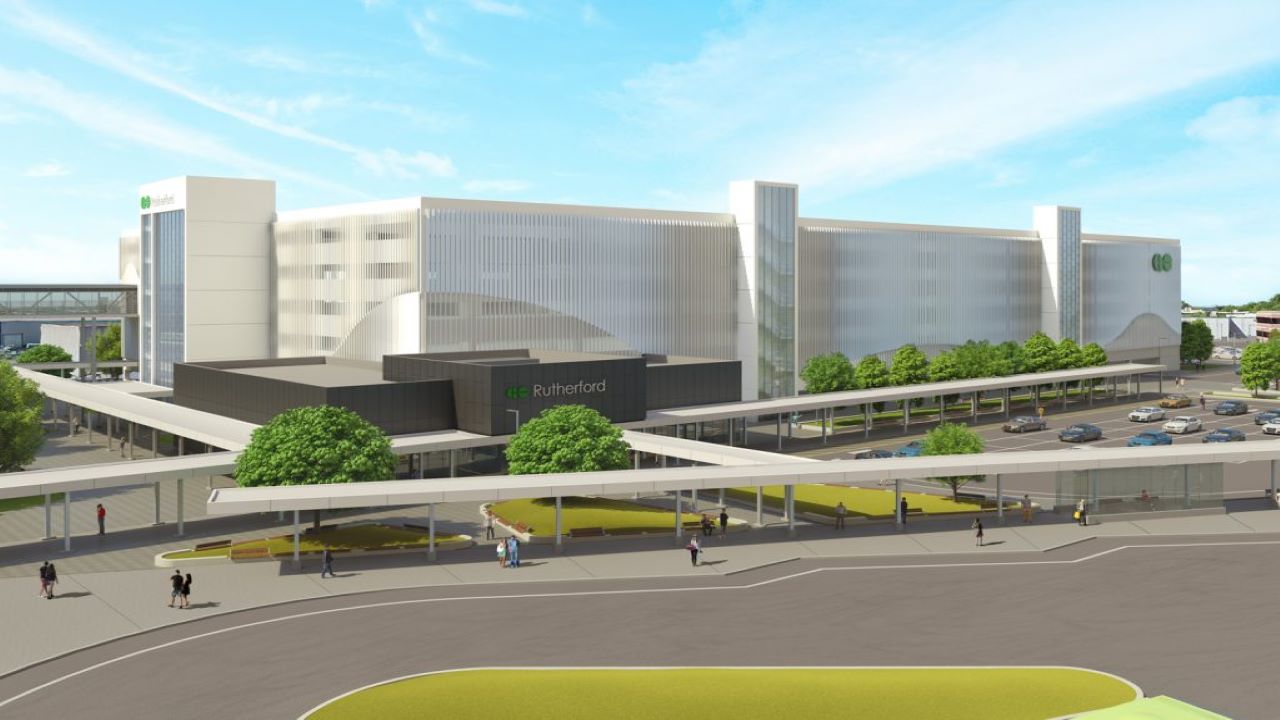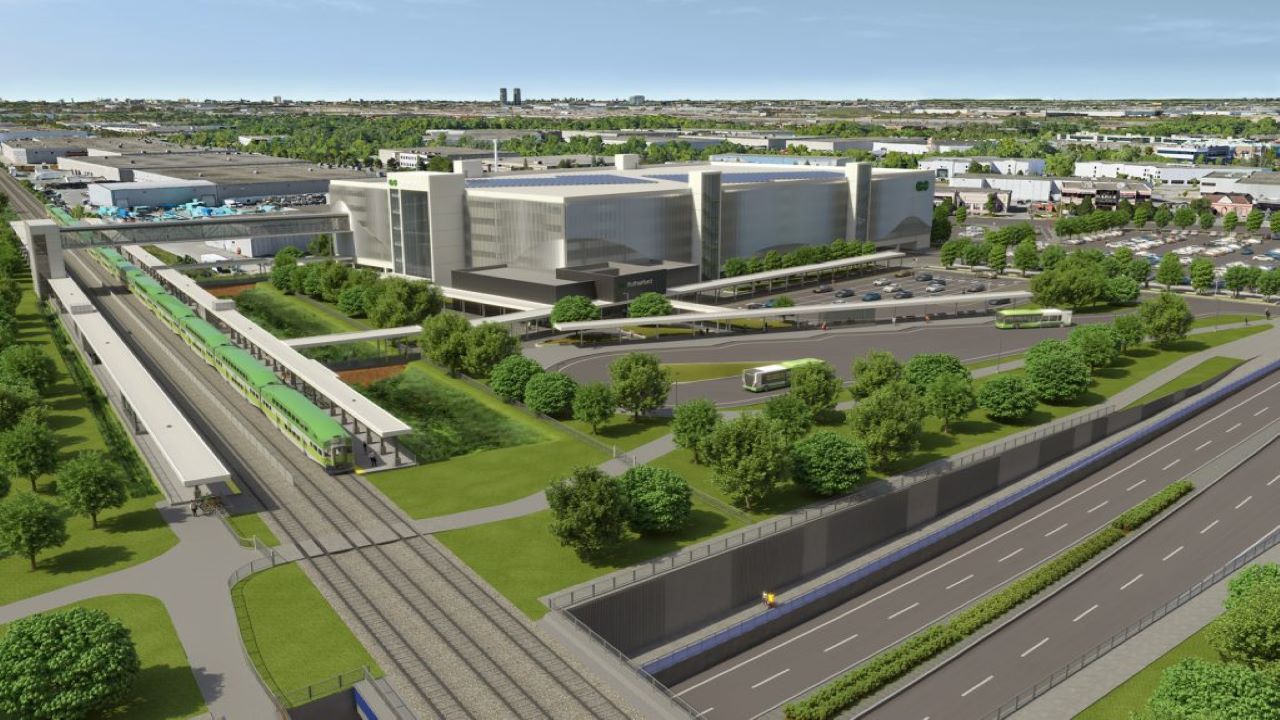The Rutherford GO station in Vaughan, Ontario, Canada, is being upgraded to improve passenger experience and enable increased train services in future. Owned by Metrolinx, the station is a part of the GO Transit, which is a regional public transit system network in Ontario.
The station transformation project, being undertaken by Metrolinx and Infrastructure Ontario, will provide improved transit experience for communities in Vaughan.
It is a part of the GO expansion programme, which aims to transform GO rail into a more frequent and efficient two-way transit service. The C$239m ($178.83m) Rutherford GO station infrastructure improvement project is expected to be completed in 2023.
Rutherford GO station upgrade details
The station upgrades include the development of an integrated station building and a new railway bridge over Rutherford Road to improve safety and facilitate all-day transit services in both directions. A new six-storey parking structure with 1,200 new spaces, improved pedestrian and cycling connections will also be created as part of the project. A grade separation at the rail bridge will help reduce traffic congestion and enhance safety.
The station redevelopment also features an improved passenger pick-up and drop-off area and an upgraded bus loop for better connectivity to York Region Transit.
An additional track is being developed on the east side of the Barrie Rail Corridor. All trains will be switched over to the east track following the completion of the new east platform.
Other components include the redesigning of the surface parking, a second heavy rail track, and a provision for future third express centre track. The kiss and ride has been reshaped and the bike racks have been relocated to the west side of the station building, near the kiss and ride. New elevators will be installed on both platforms to connect passengers to the pedestrian tunnel.
Rutherford GO station project construction
Construction works on the Rutherford station upgrade project began in August 2019. Drilling and pouring concrete piles into the ground, which created retaining walls to facilitate the excavation of the new underpass, started in 2020. Caissons were installed, followed by the pouring of concrete for the rail deck and the installation of the new east track.
Construction also includes the separation of tracks from the road to facilitate the grade separation, and asphalt removal for stabilisation and preparation of the east track diversion for service. The diversion is being created to ensure the continuation of construction on the west side of the rail-over-road grade separation.
Vertical drilling on the east half of the tracks along the Rutherford Road was completed by July 2020, while drilling on the west side is anticipated to be completed in mid-2021. The new parking spaces and grade separation are planned to be opened in 2022.
Rutherford GO station improvements project benefits
The separation of the tracks will allow vehicles to travel under new rail and pedestrian bridges without the need to stop for a train to pass. The project will improve travel time, while reducing greenhouse gas emissions and the usage of fuel.
The new rail bridge will enable the public to travel with comfort. The renovated platforms with canopies will help the passengers to reach the new parking garage.
The station improvements project will provide the passengers with an all-day two-way electrified GO service between Union Station and Aurora GO Station with a frequency of 15 minutes.
Key players and contractors involved
A contract was awarded to EllisDon Infrastructure Transit (EDIT) to design, finance and build the Rutherford station project in December 2018. EllisDon Civil and EllisDon Design-Build are responsible for the construction of the project.
The project design was provided by Amec Foster Wheeler, while EllisDon Capital is the financial advisor for the project.
Torys served as a counsel to Infrastructure Ontario and Metrolinx as the public authorities for the project. The design team also includes Wood, Mulvey & Banani International, NAK Design Strategies, The Aquila Group, Strasman Architects, Stephenson Engineering, and Condor Signals & Communications.






